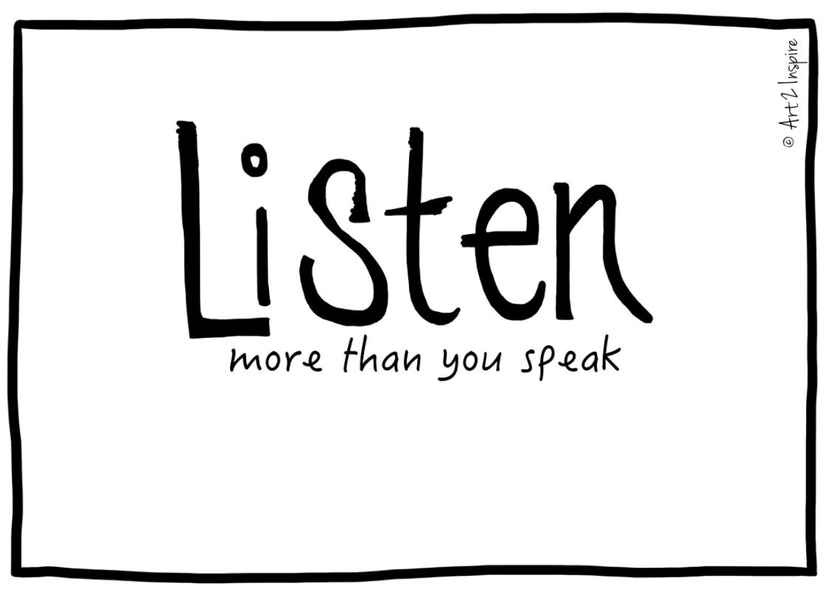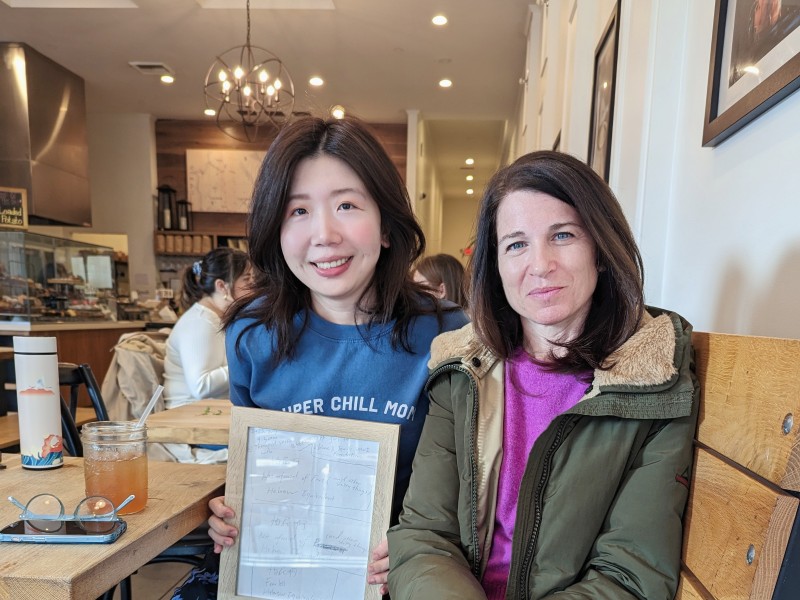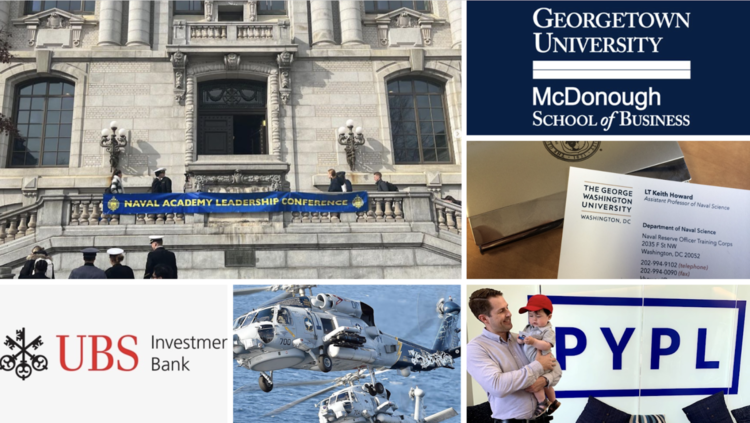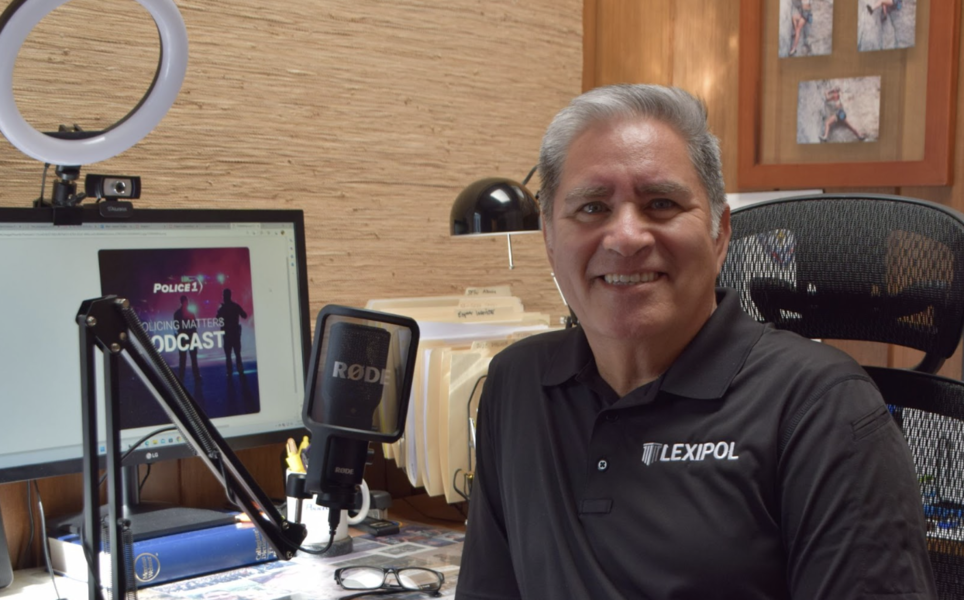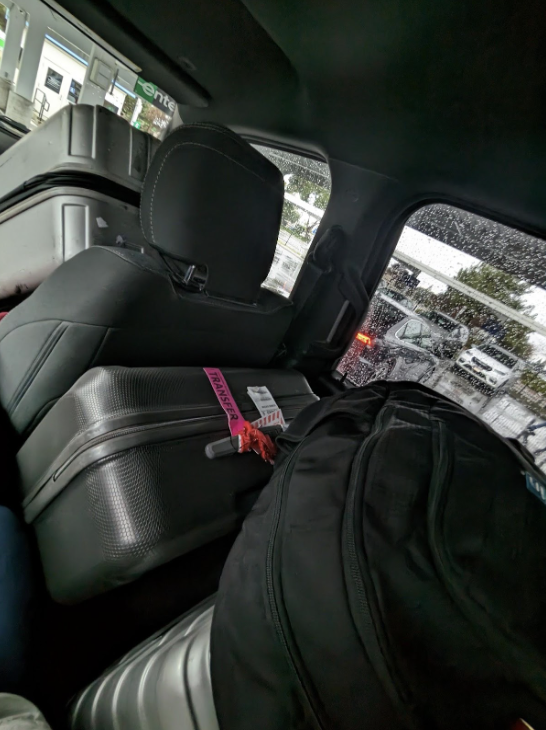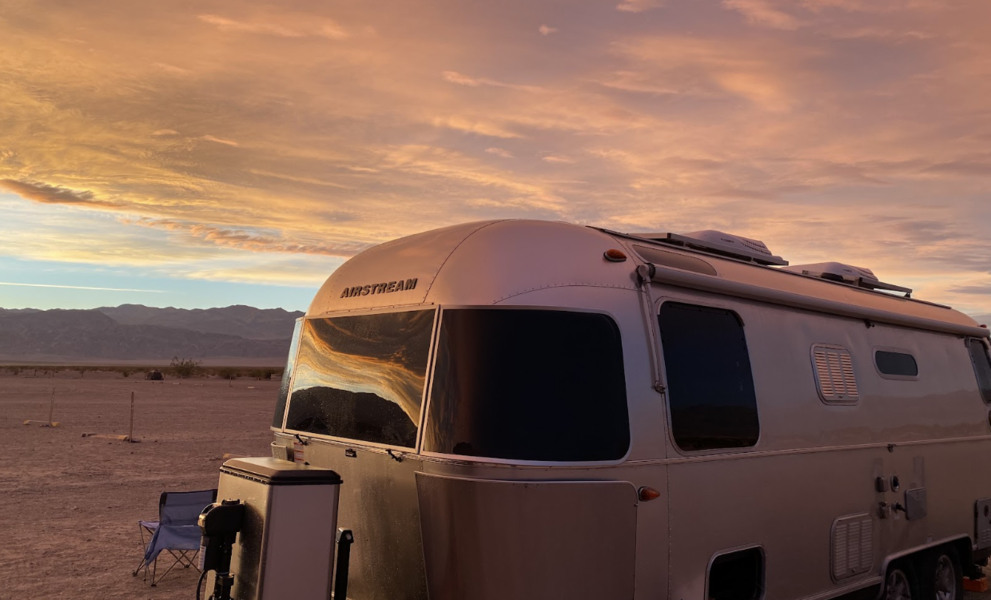Subscribe at https://www.linkedin.com/pulse/listen-more-than-you-speak-yiyang-hibner
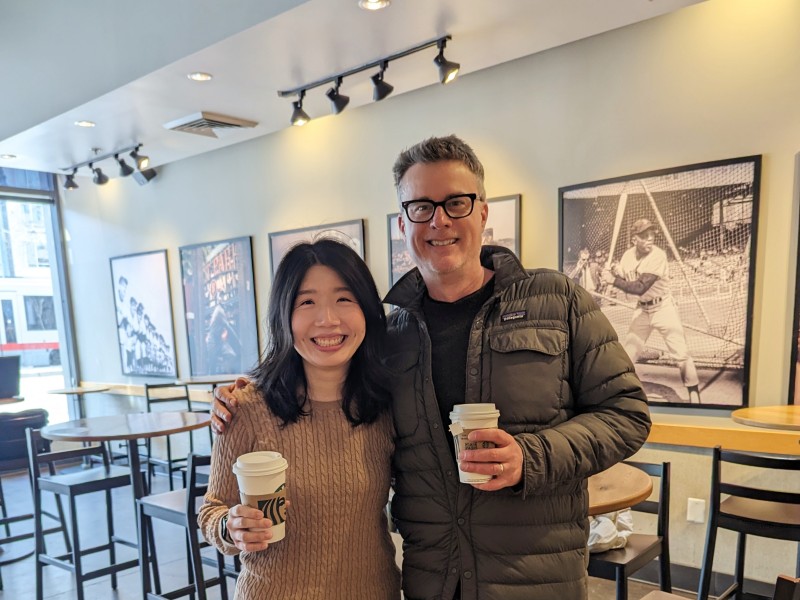
Chris has always been one of my favorite managers (not just because we share the same birthday!) He led my path into product management and gave me valuable lessons earlier in my career. One of the key lessons Chris taught me was the idea of “Ask questions but with thoughtful solutions”.
The typical advice people get is “Don’t be afraid to ask questions”, and that’s how we improve. However, when I first started as a PM, I got into the habit of asking questions even though most of the time I knew the answers already. Chris encouraged and enlightened me to think further, still to ask questions but show my thinking process too, instead of asking for the sake of asking/learning.
Chris also demonstrated what lifelong learner would look like as a PM leader. He had taken classes in Tableau for semester-long certification and inspired everyone on the team to learn beyond what’s required on the job.
Among all the places I have worked for, Points undoubtedly has the best culture - nurturing, kind, coworkers treating each other as families, and also people have quite some sense of humor. I am very grateful for calling Chris my friend and my trusted circle. Whenever I have any issues to discuss, he’s always down for a coffee chat.
Over the last 9 years, I have had 9 different managers. When I think about those who stand out from the crowd, what comes to mind are those who I felt genuinely cared about me, my career, and my overall happiness.
The great managers I’ve had created a safe environment for me to be myself. I could bring any problem to them, even if I wasn’t ready to eloquently chat about it, and know I would be heard. They listened. They asked questions. They understood what motivated me and what excited me. They also understood what frustrated me, when I needed to vent, and when I needed advice.
Most managerial relationships I’ve had started out very similarly. They ask you a few questions, want to know your goals, and share how they are here to support you however they can. Sometimes, the true support stops there. I’ve had times where my successes are used as a boasting tool for my manager themselves, my one on ones are really a time for my manager not me, and managers where we don’t even have 1-1s or a relationship at all. Good managers mean those words they say when you first meet. Their actions back this up. Yes, they may be proud of their role in your success, but they understand it’s your success. They celebrate you, push you, and motivate you.
I’ve also had the fortunate opportunity to become a people manager in recent years. As I strive to create a safe and caring environment for my teams, a key thing I’ve learned is flexibility. Every person is different and my job is to learn how to aid each individual. Take goal setting as an example. Some people want OKRs, some want vague focus areas, and some want formal individual development plans. Many people aren’t sure what they want. I build my ability to understand what might aid individuals and offer different tools to help them be the best person they can be.
Managers are constantly pulled in different directions and must balance business results & team happiness. Ultimately, a great manager listens, learns, iterates, and invests in the individuals on their team. They set a clear vision, help people focus, and show people they matter. Great business results will follow.
Looking back, I realize that I have been very lucky to have some amazing managers in my 13+ years of career. I now understand that there is not one formula of a good manager. As I grow in my career, I hope to pick up all the good bits of my managers.
When I was a junior PM ready to grow and do more, my manager realized my need to grow and do a variety of things. Whenever I asked her for more work, she gave me every new opportunity that came up. Because of that, I finally ended up working with an amazing team. This manager gave me growth opportunities and helped me find a niche that I have come to love.
As a senior PM, my managers helped me ask the right questions, told me that sometimes good enough was great and taught me the 80-20 rule for doing things. As work became busier and time was short, one manager taught me about work life balance by explaining that I was not doing brain surgery and just moving pixels at the end of the day. It helped me reduce my work related stress and reminded me that I worked to live and not the other way around. Along the same lines, another manager taught me how to do my best and leave the rest.
As I became a people manager, my manager showed me how to see the strengths of my team and fill in the gaps as best as I can. He also helped me realize that documentation in this remote world helped align teams, stakeholders and leadership better.
To sum it up, all good managers have been great listeners and their empathy has been a balm. They have been able to tenderly tell me where I could do better and then clear the path for me to excel. I have also realized it’s important to remember that every manager is a human being first and making that connection is the first step to building a great relationship.
Great managers lead by example, and work with you to find the best use of your skills, provide pragmatic advice, and make it clear that they have your back. They also realize that you only do inspired work when you are engaged, believe in the mission, and yes, are having fun.
I had three managers at Google. They were all amazing, each in their own way.
One’s superpower was as an advisor. She gave me enough leeway to figure things out on my own, but I learned that when I came to her with questions, she always had amazing insight. Kind of like that person at the conference table during your presentation, who you are not sure is paying attention? And then they have that one insightful comment that cuts through all the confusion and clearly describes the best path forward? Yes, she was paying attention to my progress on my goals, and often even had proactively worked in the background to have things in place for my best next steps by the time I came to her for advice.
Another excelled at being my friend. Strange to say that about a manager? Well, I was having tremendous problems in a toxic working relationship, and he was there to listen, smooth things out, find other options for me, and even come to my rescue in meetings where those interpersonal issues were putting up roadblocks. He found other projects for me to work on and worked to extricate me from the toxic situation. I wound up supporting a great team that was doing amazing work, and were at an inflection point where working with a PM was of real value to them.
The third astonished me by his dedication to helping me find the best fit in his organization. And that’s not hyperbole. I had never experienced a manager who was as dedicated to the success of his reports as this person. He did research, discussed options with his leadership, and provided valuable information for me to review. He consistently made it clear that I did not need to wait until our weekly 1:1 to engage with him, and due to his being an even earlier riser than I was, usually had something waiting for me in my inbox by the time I sat down at my computer. We were in the midst of working out an engaging, impactful, and yes, fun twelve month plan for me when I was (to his surprise as well as mine) laid off with 11,999 other Googlers.
Many folks aren’t lucky enough to even have one great manager to work with -- you know, like that one teacher who really reached you and made more of a difference in your life than they’ll ever know (unless you were kind enough to reach out to them at some point in your career). But I had three in a row. And I am trying my best to pay forward what I learned from them.

